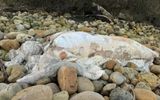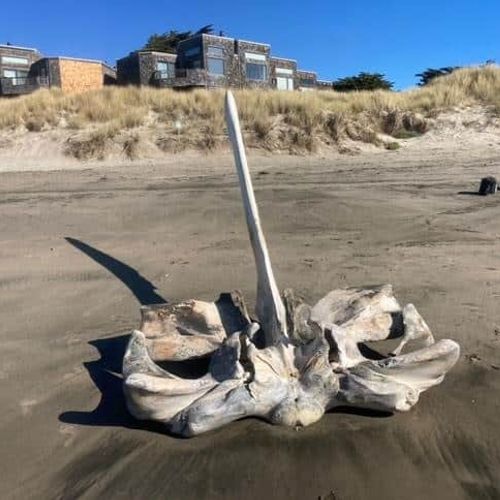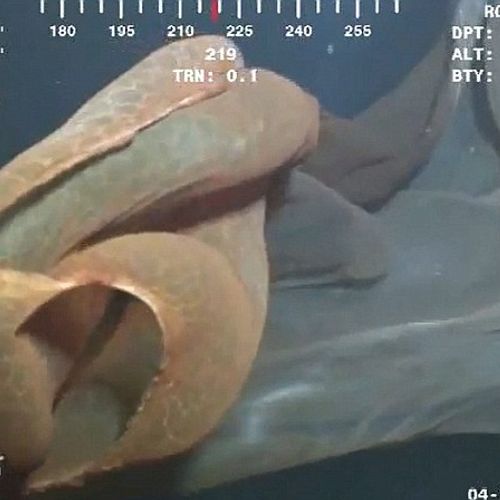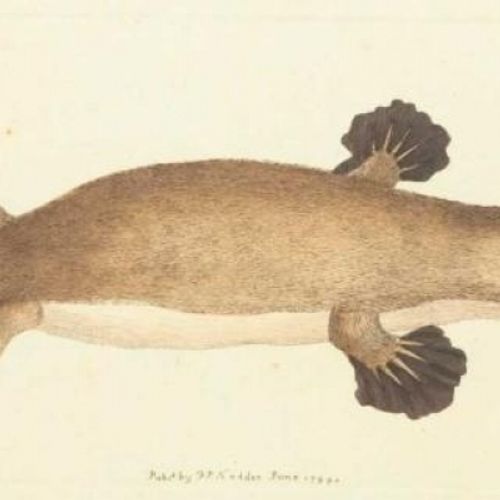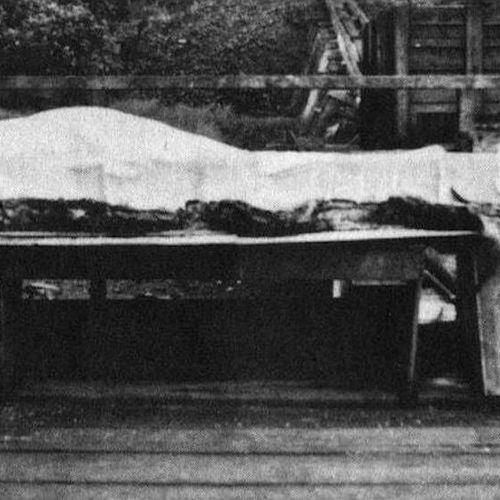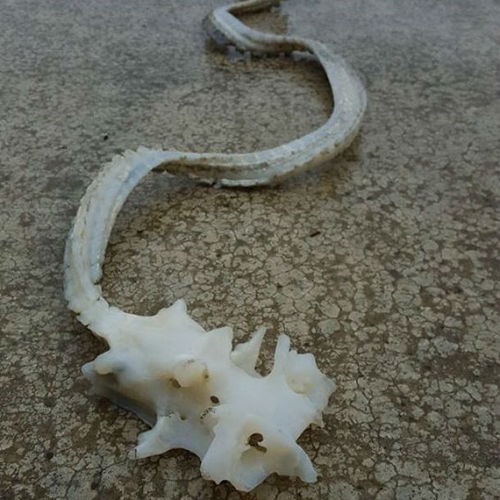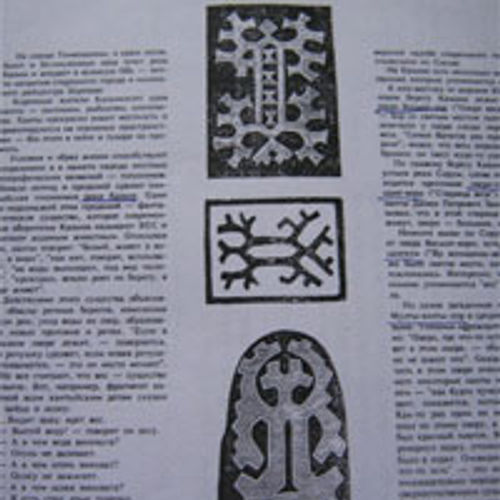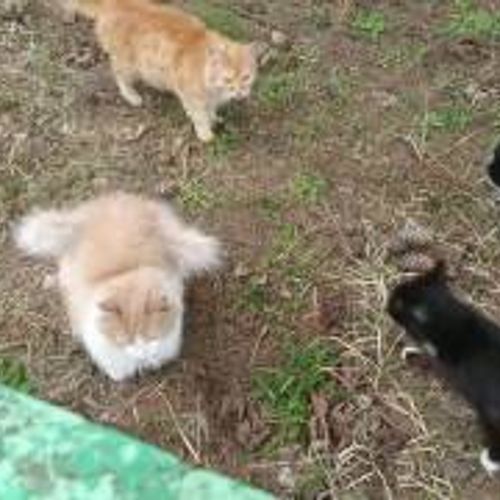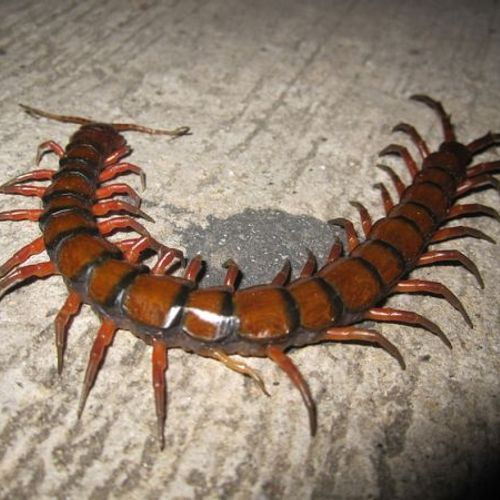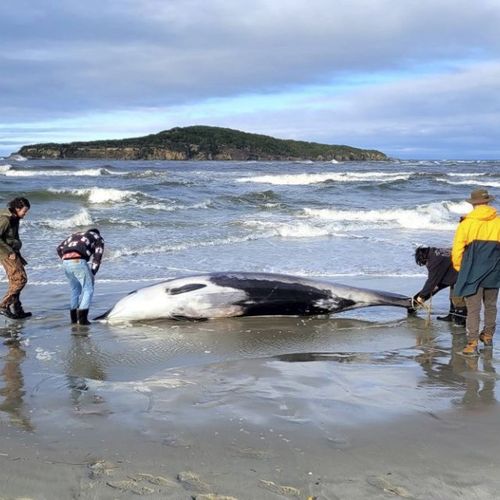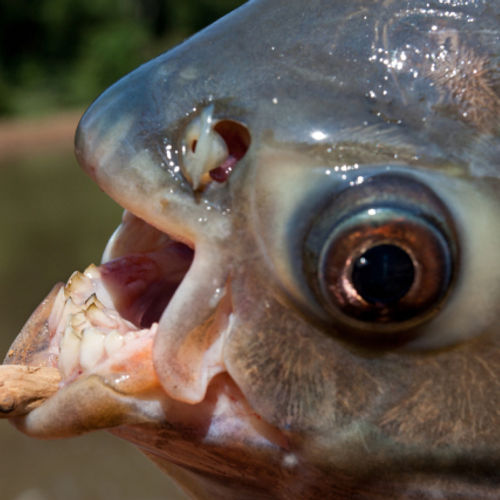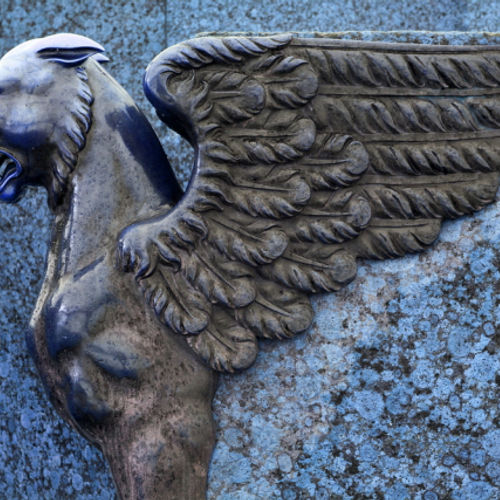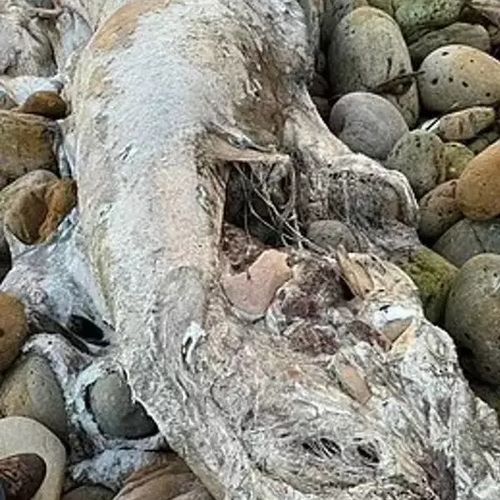
| Added | Thu, 25/01/2024 |
| Источники | |
| Дата публикации | Mon, 22/01/2024
|
| Феномены | |
| Версии |
A woman from the UK posted a photo of the "sea monster" on the Internet and amazed many people, including marine animal experts.
Caroline Pindar was walking along the beach in Heyburn Wyke, North Yorkshire, UK, when she noticed something strange, as if "oozing" between the rocks. Upon closer inspection, the woman discovered that it was the body of a mysterious faceless "sea beast".
"There was a strong storm, and where the tide receded, there was a lot of foam among the rocks," Pindar recalls. "From a distance, I asked myself if the remains were foam or beached fishing debris."
61-year-old Caroline Pindar got closer to the mysterious beast and realized that it was not foam or garbage in front of her, but a creature that also emitted a "very strong" smell.
It was 5 meters long, badly decomposed and covered with mottled white skin. Pindar noticed piles of fat and bones sticking out of the side, which, in her opinion, looked like walrus tusks.
But Pindar was not sure about her find: "I saw dead porpoises here in various stages of decomposition and saw/smelled a decomposing whale in the water on the Orkney Islands, but I still haven't seen anything like it."
So, the British woman posted photos of the sea beast on social networks, in a specialized group on marine life. But people on the web had completely different ideas about what the discovered creature might be. Assumptions ranged from walrus to dolphin, seal and tabby.
Experts also examined photos of the mysterious sea creature — and failed to identify the animal.
"This is something unusual," exclaimed Rob Deville of the British Beached Cetacean Research Program. "It looks like the decomposed remains of a large cetacean—I think I see the remnants of throat folds in one of the images."
Deville assumed that, judging by the size, it really could be a striped whale: these whales can grow up to 10 meters. Nevertheless, the specialist admitted that it was difficult to give an accurate answer due to the decomposition process.
"I would just call it an unidentified or unidentified baleen whale," said Deville, since the striped whales belong to the baleen whale family.
Caroline Pindar, in turn, hopes that the animal died peacefully and did not fall into the networks of poachers.
"The overwhelming feeling was sadness that the animal had died in this way," the Briton concluded.
Новости со схожими феноменами
Новости со схожими версиями
Log in or register to post comments

